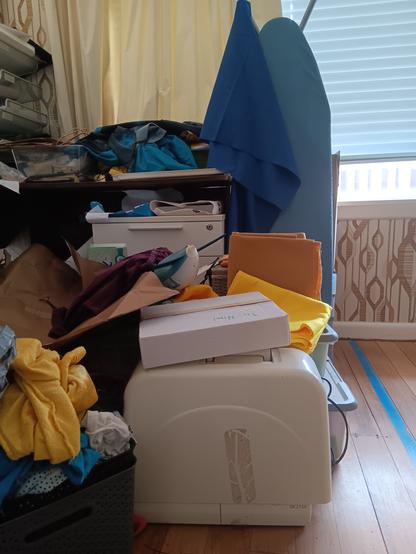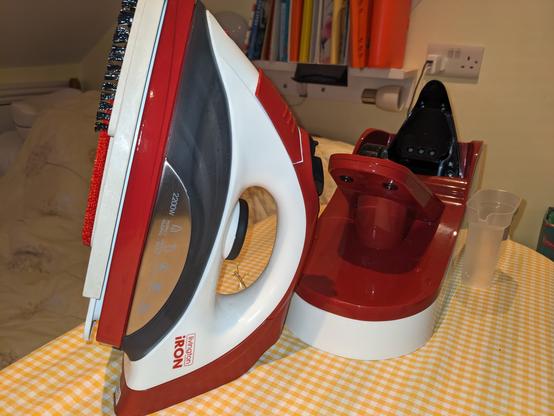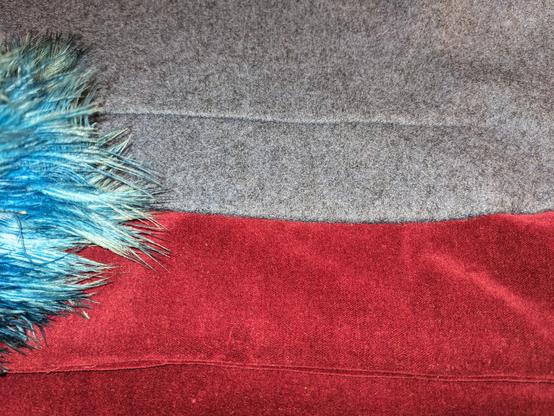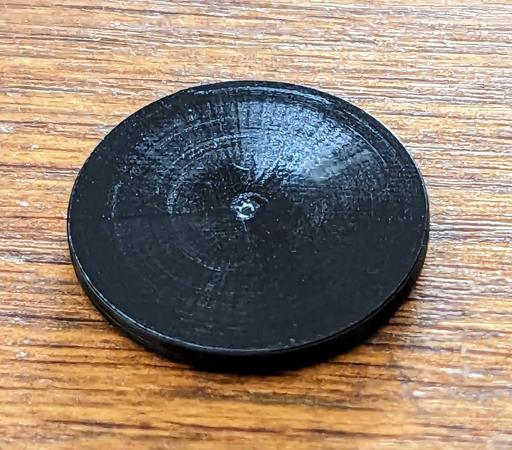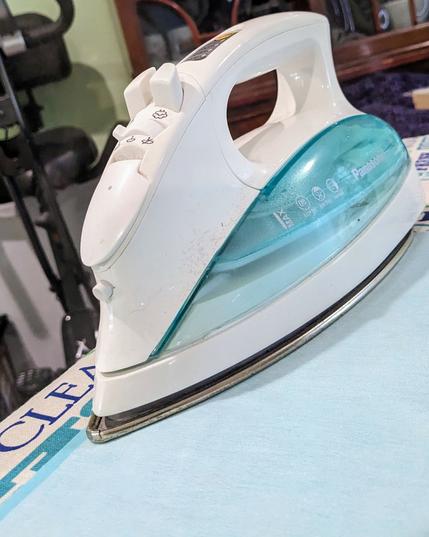#speed-#modulated #ironing
utilizes a dual-nozzle 3D printer.
The first nozzle deposits a heat-responsive filament and the second nozzle passes over the printed material to activate certain responses, such as changes in opacity or coarseness, using heat.
By controlling the speed of the second nozzle, the researchers can heat the material to specific temperatures,
finely tuning the color, shade, and roughness of the heat-responsive filaments.
Importantly, this method does not require any hardware modifications.
The researchers developed a model that predicts the amount of heat the “ironing” nozzle will transfer to the material based on its speed.
They used this model as the foundation for a user interface that automatically generates printing instructions which achieve color, shade, and texture specifications.
One could use speed-modulated ironing to create artistic effects by varying the color on a printed object.
The technique could also produce textured handles that would be easier to grasp for individuals with weakness in their hands.
https://news.mit.edu/2024/new-3d-printing-technique-creates-unique-objects-using-less-waste-1010
